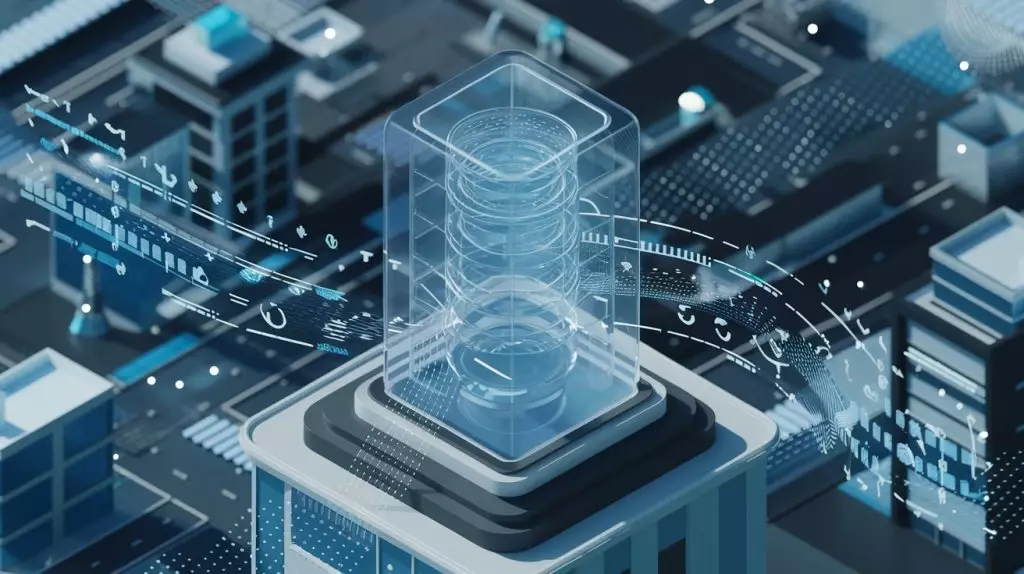In today’s rapidly evolving landscape of artificial intelligence (AI), transformer architecture stands as a cornerstone of innovation. From natural language processing to computer vision, the reach of transformers is expansive. Renowned large language models (LLMs) like GPT-4o, LLaMA, and Claude, as well as other transformative AI applications ranging from text-to-speech to image generation, owe their functionality to this architecture. Given the ongoing hype surrounding AI advancements, it is essential to delve deeper into the mechanics of transformers, their significance in developing scalable AI solutions, and their critical incorporation within LLMs.
Transformers first emerged in the 2017 academic paper titled “Attention Is All You Need,” authored by researchers from Google. Originally designed for language translation through an encoder-decoder structure, these models have since evolved tremendously. Early milestone models like BERT paved the way for what would later be classified as large language models, although they may seem modest by today’s standards when compared to modern counterparts. Following the GPT series from OpenAI, there has been a pronounced trend toward developing larger models incorporating increased data, additional parameters, and extended context windows.
This growth trajectory has been fueled by various technological advancements. The emergence of high-performance GPU hardware and sophisticated software for multi-GPU training has enabled researchers to tackle larger datasets. Techniques such as quantization and mixture of experts (MoE) assist in reducing memory requirements, thereby allowing for smoother operational processes. New optimizers, including Shampoo and AdamW, coupled with innovations in attention computation, like FlashAttention and KV Caching, contribute to a more efficient training environment. This cumulative progress signals a promising future for transformer-based architectures.
The transformer architecture operates primarily through two key components: the encoder and the decoder. The encoder’s primary role is to generate a vector representation of input data, which can then be utilized in diverse applications such as classification, summarization, and sentiment analysis. Conversely, the decoder processes these vector representations to produce comprehensible text or generate new outputs, making it particularly potent for tasks that require sequence-to-sequence translations, sentence completion, or summarization.
Many state-of-the-art models like those in the GPT family have adopted a decoder-only architecture, streamlining operations for specific applications. However, encoder-decoder models maintain their relevance in settings that involve translation and similar tasks where a dual-component approach yields better outcomes.
One of the highlights of transformers is the attention mechanism, which underpins both the encoder and decoder architectures. This layer allows models to maintain contextual awareness of words within the text, irrespective of how far into the sequence they are located. The two forms of attention within this domain—self-attention and cross-attention—serve distinct roles. Self-attention captures relationships within a single sequence, while cross-attention connects elements across multiple sequences, prominent in translation scenarios.
Before the advent of transformers, models such as recurrent neural networks (RNNs) and long short-term memory (LSTM) were the go-to architectures. However, these earlier models often struggled with retaining context across longer text spans, a limitation that the attention mechanism addressed effectively. Transformers, with their ability to utilize matrix multiplication in an efficient manner, can process long-range dependencies more adeptly, making them the prevailing choice for a wide array of applications requiring advanced contextual understanding.
While transformers dominate the current AI landscape, emerging models, notably state-space models (SSMs) like Mamba, have begun attracting academic interest. SSMs exhibit promising abilities to manage extensive data sequences, offering a potential alternative to conventional transformers that are typically constrained by fixed context windows. The growing interest in such alternatives underscores the dynamic and continuously innovative nature of the AI field.
Moreover, the integration of multimodal models stands out as one of the most exciting frontiers in transformer development. OpenAI’s GPT-4o exemplifies such innovation by managing inputs across text, audio, and images. The risks of being limited to single-modal applications are rapidly diminishing, allowing for diverse uses that could fundamentally alter interaction modalities with technology. Examples include voice cloning, video captioning, and even enhancing accessibility for those with disabilities. These advancements provide a wealth of new opportunities to explore and implement AI solutions that cater to varying user needs.
The transformer architecture represents a paradigm shift in the realm of artificial intelligence, encompassing not just LLMs but a multitude of applications that promote efficiency, scalability, and innovativeness. The progress made since their inception has laid a solid foundation for further developments, and as researchers continue to explore novel architectures and modalities, the possibilities seem virtually limitless. As we stand on the cusp of discovery, the journey of transformers is far from over, promising an exciting trajectory for AI for years to come.

